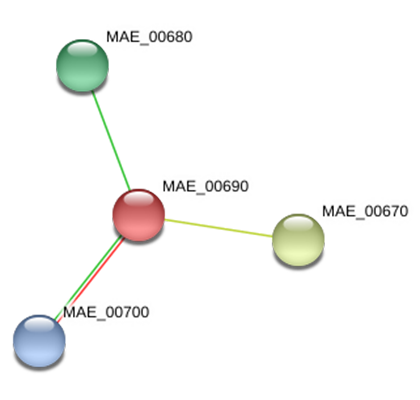Taste & Odor Info
Introduction: Algal Species
nREDUCE TASTE & ODOR COMPLAINTS – Many utility drinking water users complain about an unpleasant “earthy” odor in their municipal drinking water. This is most often caused by the presence of the taste and odor compound Geosmin.
Geosmin is a natural bicyclic terene with an earthy odor. According to the Merck Index, it is the “major volatile component of the beet essence, also…the potent earthy odor contaminant of fish, beans, (and) water.” Sometimes seeming similar to the horrid smell of a damp kitchen sponge gone sour, the human nose can detect geosmin at concentrations as low as 5 ppt (parts per trillion).
SCI 62 is proven to help reduce the taste and odor complaints by helping reduce the source and precursors of geosmin and MIB as well as nuetralize the geosmin compounds themselves.

Microcystis
- Globular colonies that can adjust their buoyancy to move up and down through the water column
- Cannot fix nitrogen from the atmosphere
Most dominant cyanobacterium in Ohio’s Lake Erie waters

Anabaena geosmin producer
- Colonies of hair-like filaments that can be planktonic or form mats along the bottom or near shore
- Can fix nitrogen from the atmosphere using specialized cells
Aphanizomenon geosmin producer
- Colonies of planktonic filaments that often bundle together
- Can fix nitrogen from the atmosphere using specialized cells
- Sometimes sold as a dietary supplement. Consuming could be dangerous because this supplement is not regulated and may contain cyanobacterial toxins. Consumers beware!
Cylindrospertnopsis
- Colonies of planktonic filaments that distribute through the water
- Can fix nitrogen from the atmosphere using specialized, teardrop-shaped cells
- A recent invader to Ohio’s Lake Erie waters and Buckeye Lake
Lyngbya MIB producer
- Colonies of clustered filaments, usually visible to the naked eye that often form dense mats along the bottom and float to the surface later in the growing season
- Lacks specialized cells but still fixes nitrogen from the atmosphere
- One of Ohio’s recently problematic species (specifically Lyngbya wollet> also known as Plectonema wollei)* especially on Maumee Bay near Toledo
Nostoc
- Colonies of filaments that usually clump into a green, gelatinous, “marble-like” ball
- Can fix nitrogen from the atmosphere using specialized cells
- Sold as a dietary supplement. Consuming could be dangerous because this supplement is not regulated and may contain cyanobacterial toxins. Consumers beware!
Planktothrix (also known as Oscillatoria)
- Colonies of planktonic filaments that distribute through the water
- Cannot fix nitrogen from the atmosphere
- Very common to recent HABs on Grand Lake St. Marys, the Sandusky Bay, and Ohio’s inland lakes and reservoirs
- geosmin and MIB producer
Braig IV, E.C., et al. 2011. “Harmful Algal Blooms in Ohio Waters: What is this stuff?” Ohio Sea Grant. 13 May 2014.
What are you waiting for?

